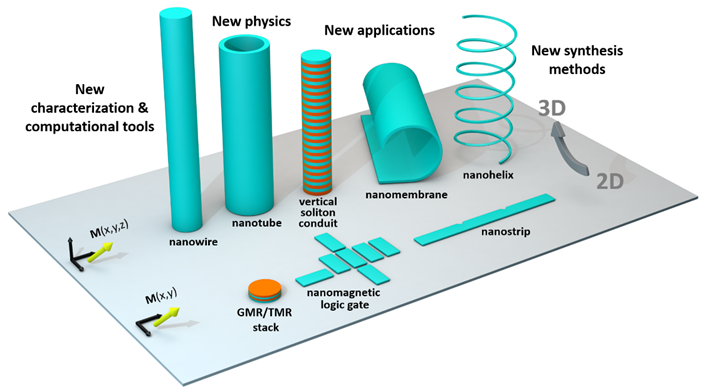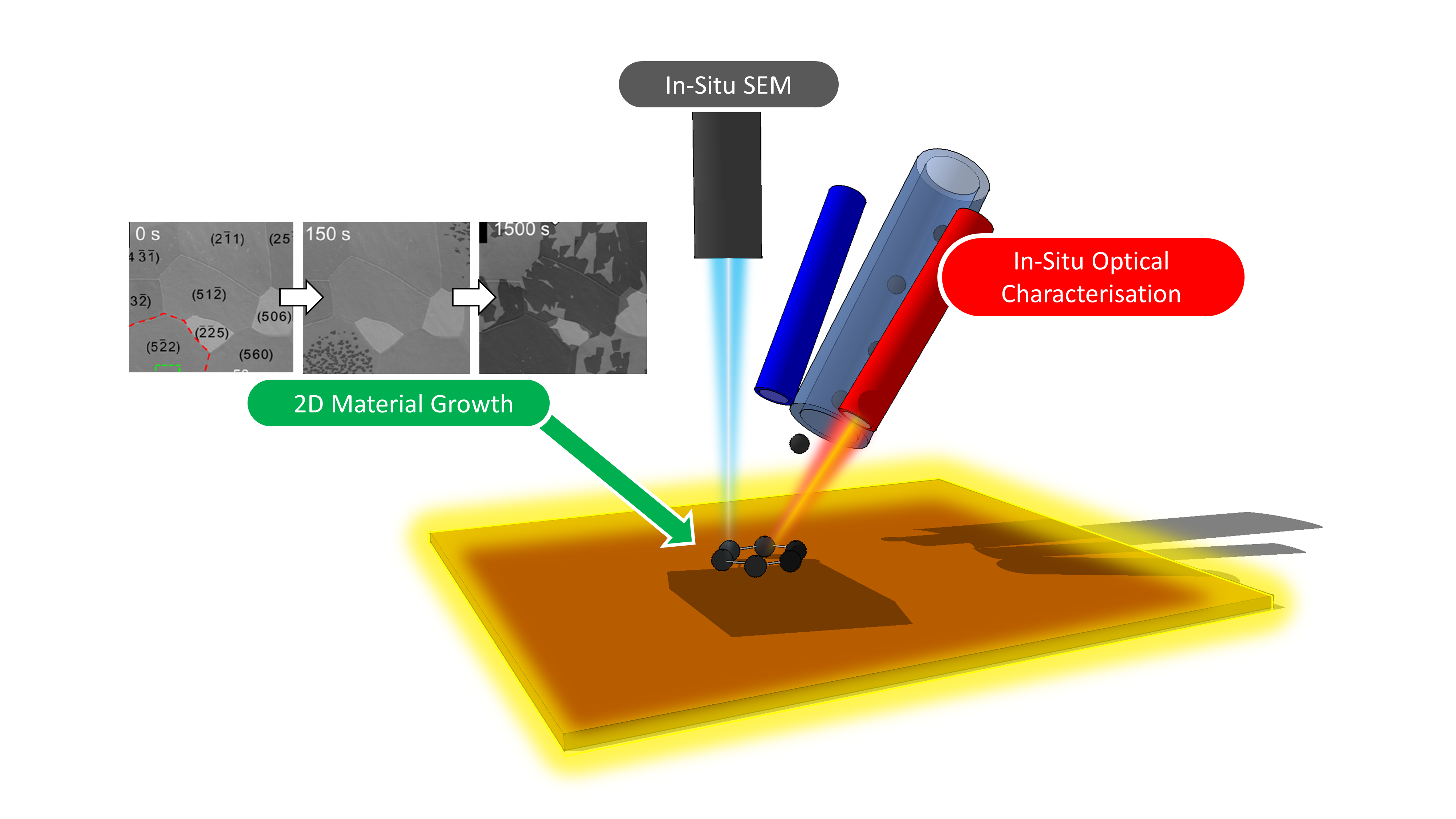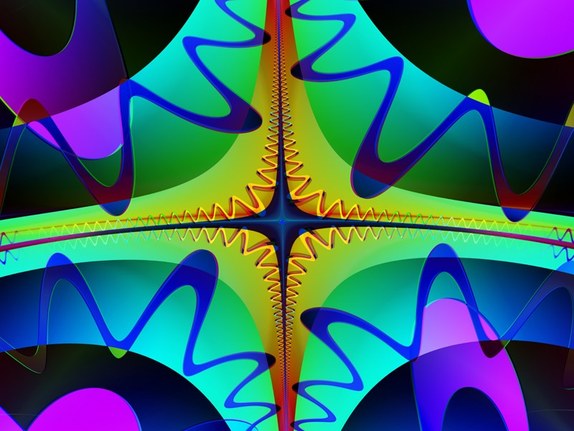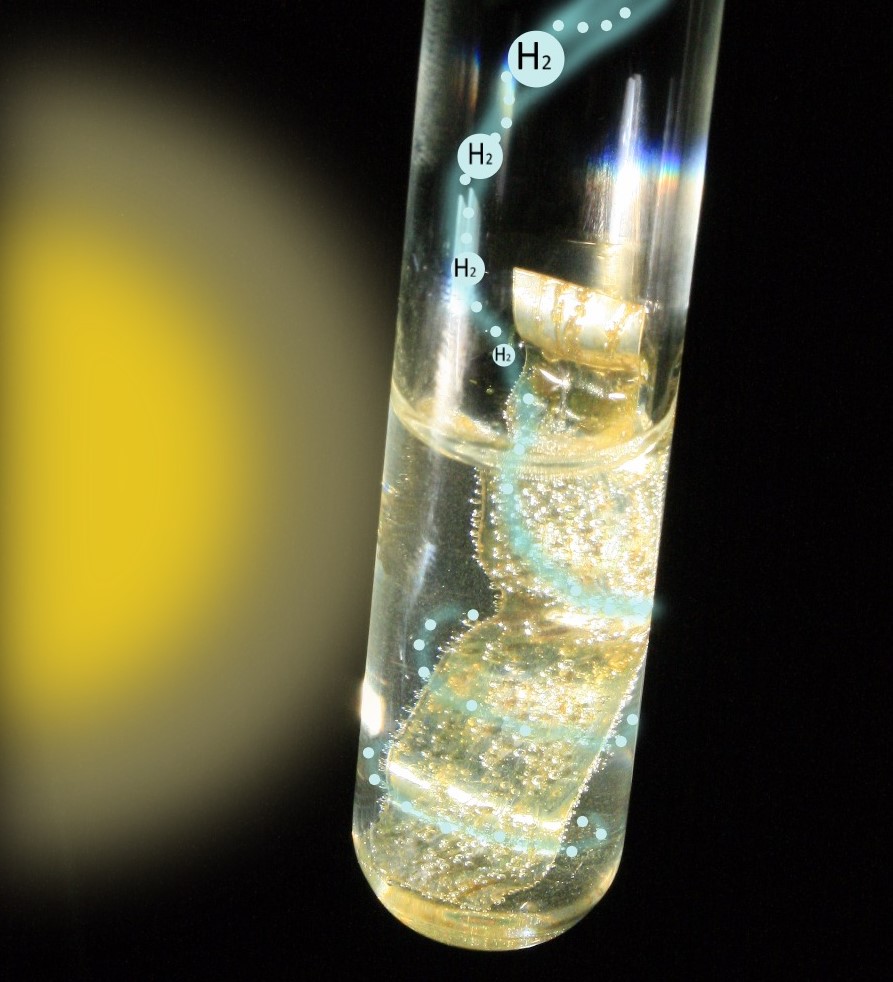
Treating cancer using surfaces, light and gold
Surfaces – Take a sheet of A4 paper. Fold it in half. Now fold it in half again. One more time please. Look at the sheet that you have got now. Is it smaller? Yes, the external dimensions are now one eighth of the original sheet size (they are now A7). Does it have the […]





